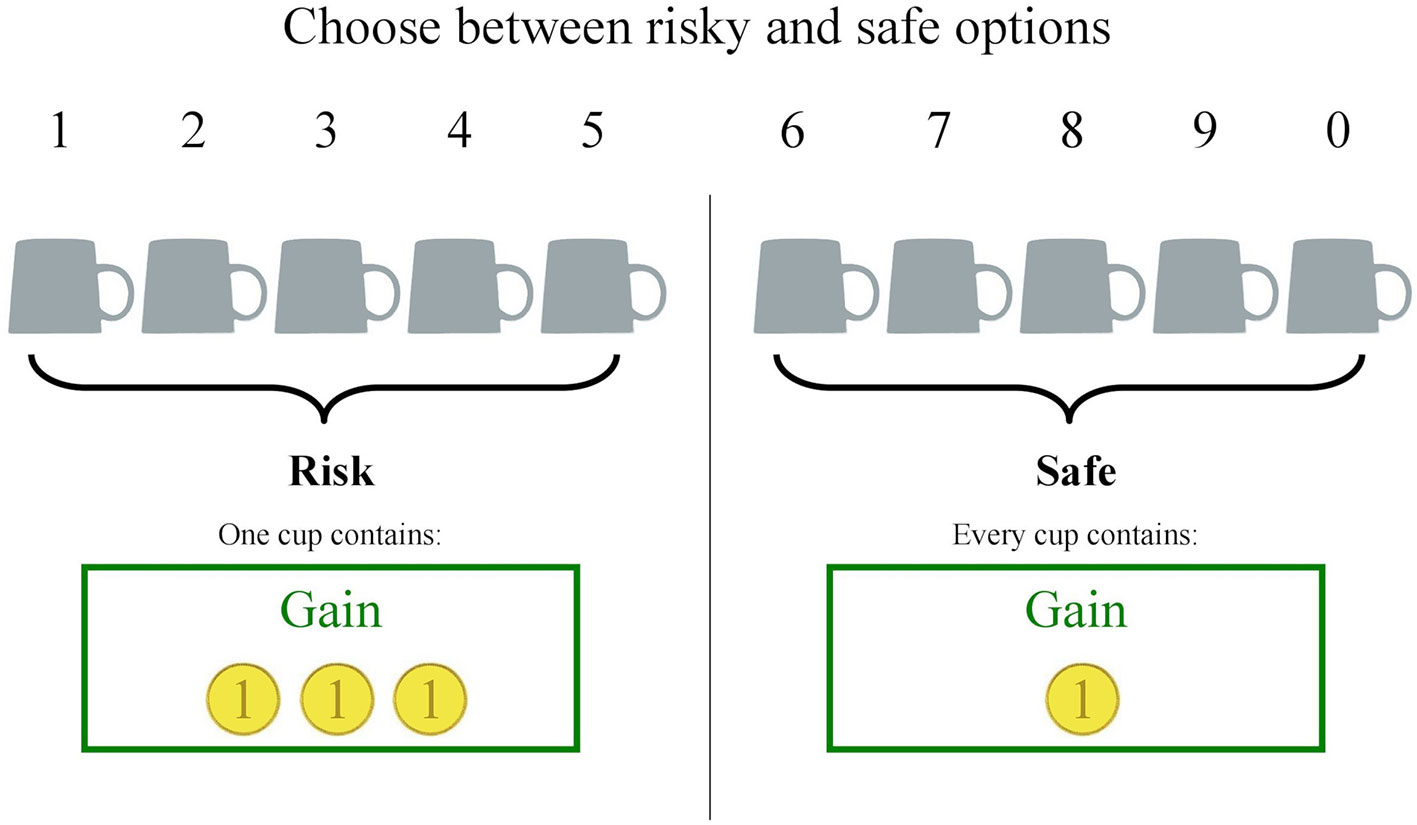Pathological Gambling Experiment
Most pathologic gamblers began gambling in their youth; 11- to 18-year-olds in one study showed a 4 to 7 percent prevalence rate of problem gambling behaviors. 4 Comorbidity with Alcohol Abuse. Pathological gambling is a growing problem of this modern society and public support on this shift is beyond question. Approximately, Americans wagered about $551 billion within one year in legal gambling activities. Compulsive gambling is just like other addiction such as drugs or alcohol addiction. Thus, pathological gambling serves as a useful model for understanding the neurobiological alterations associated with behavioral addictions. To date, two studies have examined the association between pathological gambling and impairment with measures that are typically used by clinicians to assess frontal lobe functioning.
- On the limits of cross-sectional retrospective data for characterizing the course of pathological gambling and its relation with comorbid psychopathology: A reply to Afifi, Cox, and Sareen (letter). American Journal of Psychiatry, 163, 1297-1298.
- Imaging studies have identified unique brain activity changes in men with pathological gambling when they viewed videotapes about betting on cards or rolling dice at a casino, a Yale study has found.
I’m more the kind of guy who thinks (rational) optimism is a moral duty, but new research by Jean-Claude Dreher’s research team at the CNC (Centre de Neurosciences Cognitives, CNRS / Université Claude Bernard Lyon 1) shows that compulsive gamblers suffer from an optimism bias that modifies their subjective representation of probability and affects their decisions in situations involving high-risk monetary wagers. Yeah, that’s right, optimism as a disease.

From the press release:
In this study, the researchers set out to test and verify the hypothesis that links pathological gambling to an alteration of probabilistic reasoning. The capacity to reason in probabilistic terms appears only at an advanced stage of human intellectual development (in fact, the basic concept of probability is not fully understood until the age of 11 or 12). Pioneering research in the late 1970s had already shed light on the difficulties that people experience in situations involving risk or uncertainty. These difficulties are reflected in the development and perpetuation in adults of cognitive biases1 specific to probabilistic decision-making, one of the most common being probability distortion (2).
The researchers conducted an experiment on compulsive gambling patients using a standard experimental economics task and a mathematical model for measuring both probability distortion and a more general optimism bias in relation to high-risk bets. The primary result obtained confirms the general hypothesis of a distortion, associated with pathological gambling, in the subjective representation of probabilities. The results also show that the compulsion to gamble is not explained by an exaggerated distortion of probability, but rather by an increased optimism bias. In other words, regardless of the objective probability of winning a high-risk bet, gamblers tend to act as though this probability were greater than it actually is. The researchers also observed that in the patient population under study, the intensity of this bias was significantly correlated to the severity of the symptoms.

For clinical psychiatrists, the simplicity of the procedure used to reach this conclusion could offer a rapid and reliable way of measuring the representation of probability, thus allowing them to refine both their diagnoses and therapeutic decisions. This study raises many new questions for researchers in the cognitive neurosciences: how does the brain represent the probability of winning? How do the cerebral structures responsible for this representation interact with the structures involved in the development and perpetuation of an addiction? Is a pathological gambler’s particular relationship to probability accompanied by an increased sensitivity to reward and/or insensitivity to monetary loss?

Abstract of the research:

Background Pathological gambling (PG) is an impulse control disorder characterized by excessive monetary risk seeking in the face of negative consequences. We used tools from the field of behavioral economics to refine our description of risk-taking behavior in pathological gamblers. This theoretical framework allowed us to confront two hypotheses: (1) pathological gamblers distort winning probabilities more than controls; and (2) pathological gamblers merely overweight the whole probability range.
Pathological Gambling Experiment Games
Method Eighteen pathological gamblers and 20 matched healthy participants performed a decision-making task involving choices between safe amounts of money and risky gambles. The online adjustment of safe amounts, depending on participants’ decisions, allowed us to compute ‘certainty equivalents’ reflecting the subjective probability weight associated with each gamble. The behavioral data were then fitted with a mathematical function known as the ‘probability weighting function’, allowing us to disentangle our two hypotheses.
Pathological Gambling Experiment Definition
Results The results favored the second hypothesis, suggesting that pathological gamblers’ behavior reflects economic preferences globally shifted towards risk, rather than excessively distorted probability weighting. A mathematical parameter (elevation parameter) estimated by our fitting procedure was found to correlate with gambling severity among pathological gamblers, and with gambling affinity among controls.
Pathological Gambling Experiment Meaning
Conclusions PG is associated with a specific pattern of economic preferences, characterized by a global (i.e. probability independent) shift towards risky options. The observed correlation with gambling severity suggests that the present ‘certainty equivalent’ task may be relevant for clinical use.